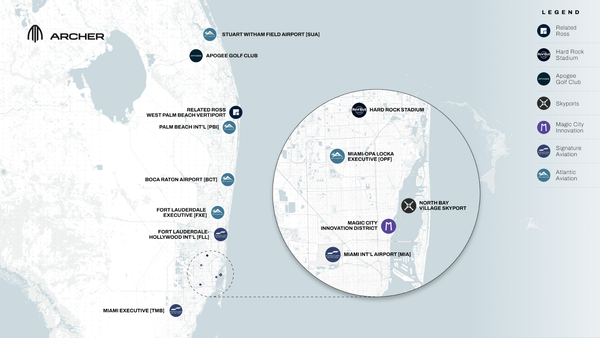Why Aren't Mortgage Rates Dropping?

It is a common assumption that when the Federal Reserve lowers interest rates, mortgage rates will drop too, but that is not exactly how it works. While the Fed controls short-term rates, mortgage rates are tied to long-term factors like the 10-year Treasury bond yield. This is relevant because recently, we saw Fed rates go down while mortgage rates went up, leaving many confused.
Main Points:
The Connection Between Treasury Bonds and Mortgage Rates:
Mortgage rates tend to follow the movement of the 10-year Treasury bond yield. When Treasury yields rise, mortgage rates often increase, and when they fall, mortgage rates usually follow.
This relationship exists because mortgage-backed securities compete with Treasury bonds for investor interest, so lenders base rates on bond performance.
Why Mortgage Rates Remain High Despite Fed Cuts:
Treasury yields have remained above average due to concerns about inflation and economic conditions. As of January 9, for example, the average mortgage rate was 6.93%, which was 2.25% higher than the 10-year Treasury bond yield of 4.68%.
Lenders factor in this spread to account for the added risk of mortgages compared to government bonds, which are seen as safer investments.
What This Means for Buyers and Sellers:
For buyers: While the Fed’s actions can influence mortgage rates indirectly, the bond market plays a bigger role. Do not wait on the Fed instead watch Treasury yields.
For sellers: Elevated mortgage rates may persist for some time. Pricing your property competitively can help attract serious buyers in today’s market.





